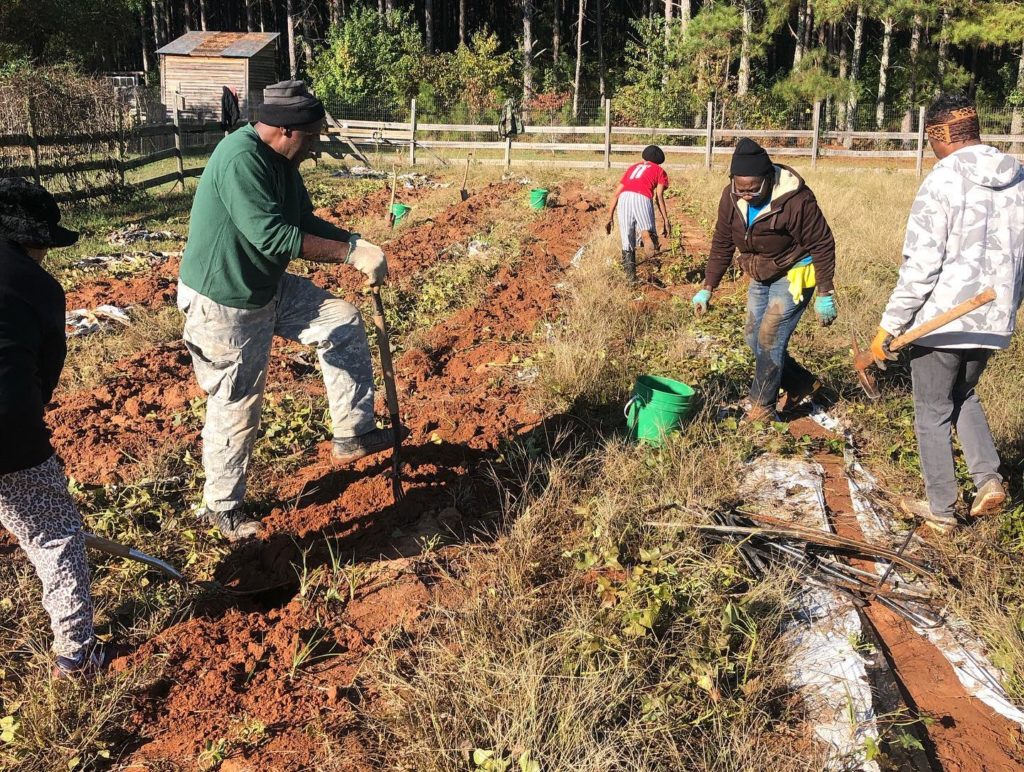How Can We Help?
Donor Relations: Community Agencies (SoSA Georgia)

Donor Relations: Community Agencies
Agencies are the third side of the triangle of gleaning. Agencies are the places where gleaned food is distributed to those who are in need. Agencies can take a variety of forms. The goal is to get the produce onto the tables of hungry people as quickly and fresh as possible.
A. Overview
• Agency Definition: Agencies may include Food Banks, soup kitchens, food pantries, homeless shelters, orphanages, and subsidized housing projects.
• Agency Requirements: Any agency which is a nonprofit, feeds those in need, and doesn’t charge for the food may be considered for distribution. If an organization accepts payment for the food, it may complicate the donation due to the requirements of the Good Samaritan Act.
B. Finding Agencies
• Online Food Assistance Directories: Search for local agencies via online food assistance directories such as 221.org, AmpleHarvest.org and FoodPantries.org
• Call County Department of Social Service: Ask if there is any organization that feeds the needy or distributes food in the county.
• Call County Housing Authority: Ask for a list of subsidized housing projects and the names and phone numbers of the Resident Councils’ Presidents.
• Contact Local Community Service Outreach Organization: Ask for names of agencies they work with.
• Contact Local Ministerial Alliance: Ask for names of agencies within their network.
• When Building a Database of Agencies, Find Out:
•The name and phone number of the contact person
• The kind of agency (shelter, soup kitchen, etc.)
• The amount of produce the agency can handle (cold/dry storage)
• The hours that the agency is open for donations
• Directions to the agency location
• If the agency is a “middle man” and distributes produce to any other agencies in the area. This ensures that you do not duplicate distribution data.
C. Scheduling Distribution
Deciding on a Distribution Location:
- Where is the field located? What agencies are closest?
- If an individual with a truck is distributing the produce, from where is the individual coming? Would be it more convenient to find an agency closer to their home or on their route from the field to home?
- How much food is expected to be gleaned? Could one agency handle all of it, or does it need to be divided between several agencies?
Call Agency: Make certain that the agency wants and can pick up or receive the food on the given day/time.
Confirmation: The day before the event, follow up with the agency to ensure they can still pick up/receive the produce. Make certain that you have the correct directions to the agency along with contact information or if the agency is coming to pick up from the field that they have correct directions and your contact information.


